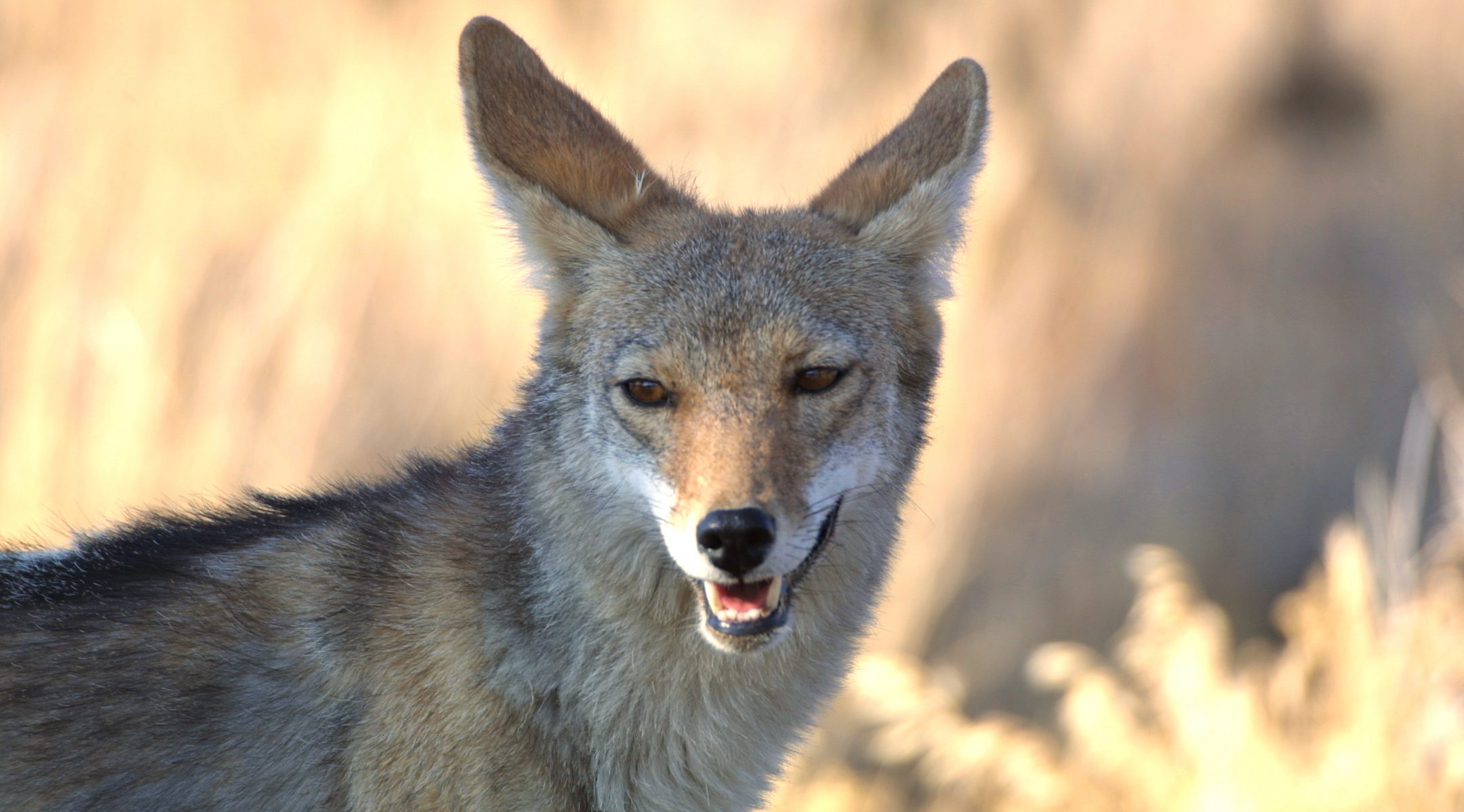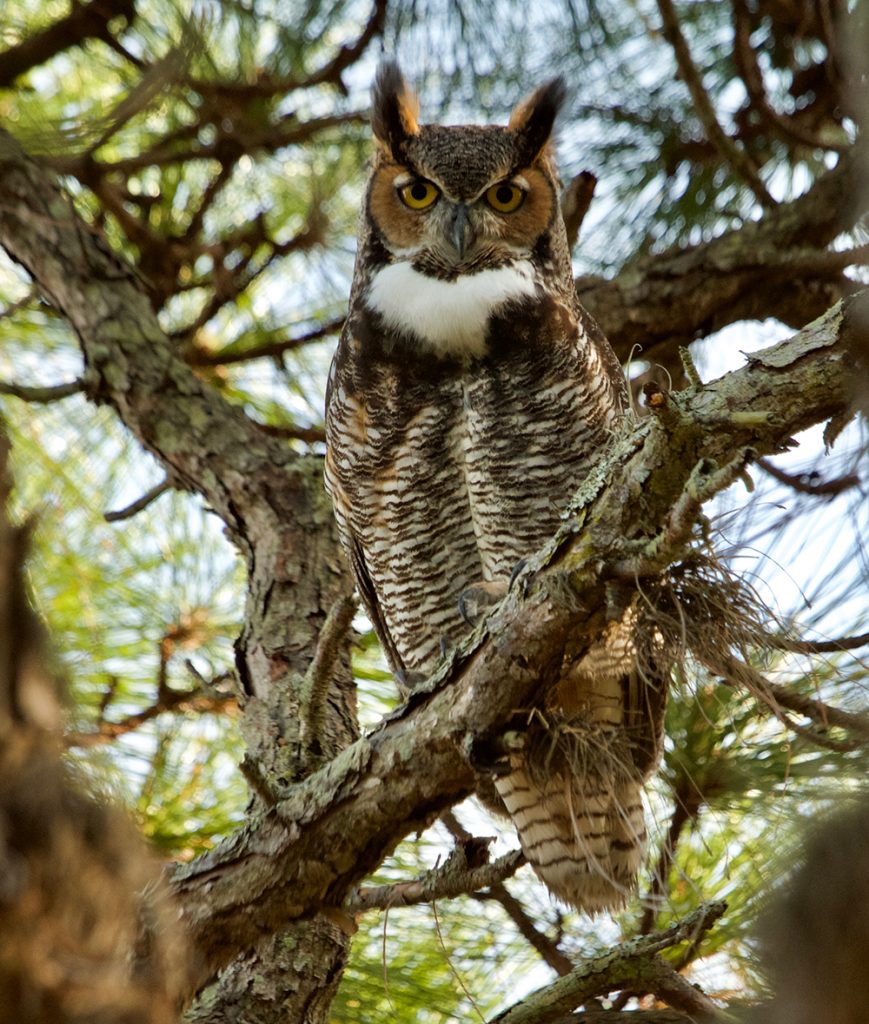
The bosque is a narrow strip of cottonwood forest on both sides of the Rio Grande, a wild river ecosystem running the length of New Mexico and right through the heart of its major city, Albuquerque. A few years ago, the mayor of Albuquerque put forth a plan for a new bike trail through this forest. We did not need a new trail. There were already walking trails beside the river and a bike trail on the levee on the east side of the forest, but he wanted a trail right through the forest, so people could be down among the trees as they rode. His goal was that more citizens of Albuquerque would enter the bosque and learn to enjoy it.
A number of environmental organizations protester: it is narrow strip of land, quietly using a wild ecosystem. A wide, smooth trail would promote rapid biking and disrupt the lives of the animals there. We lost our plea for a different kind of trail, one what would make people slow down and take in the forest around them. The new trail did achieve its stated goal: many more people now enter the bosque, using this trail to walk or ride, some very rapidly, and they seem to be enjoying it. But are they really seeing the richness that is there? The dialogue about the new trail opened up the question in my mind: what does it mean to enter the bosque?
When I moved to Albuquerque 20 years ago, I happened to buy a home near the bosque. Influenced by some reading I was doing about indigenous ways of knowing, I decided to try to learn the ecosystem of the bosque simply by spending a lot of time there, observing it in all seasons, all times of day and night, and purposely not learn the scientific names for species, nor depending on book knowledge. I had never lived in the southwest high desert before, so it was all new to me. I walked there almost daily, and kept my eyes, ears, and all senses open, just taking it in, day after day after day. Admittedly this was a bit of a romantic notion, and I knew I could never copy how traditional indigenous people actually learn their ecosystems because I had no culture handing knowledge down to me, and was not dependent on this forest for my livelihood. Plus, I was starting late in life. But it has been a fulfilling and rewarding experiment. This was only a beginning…
I did not notice much the first few years except how magical the desert light is. Then I started identifying birds and lizards, not by their known names, but by their looks and behaviors. I began to know when certain birds migrated, and even where certain ones tended to nest. I knew I was getting somewhere when, 13 years in, in the middle of a walk on a winter’s day, I suddenly stopped and realized with a shock, that the trees around me were way too dry. I do not know specifically what gave me that awareness. It was winter, they had no leaves, so I couldn’t see whether branches had leafed out. Was it a change in the color of the bark? I’ll never know consciously what bits of data led my mind to that conclusion, but I was sure that the trees were suffering from a lack of moisture, different from previous winters. Rupert Ross speaks of this pattern way knowing, how the mind takes in multiple data sets without conscious awareness if one spends a great deal of time outside in the same place, with all one’s sense open. I did find out months later, that this was the year the water table in the bosque dropped from its normal 3-4 feet under the surface to 13 feet down, too deep for the shallow roots of the cottonwoods to reach. It was the first winter of our extreme drought.
A couple of years later I started seeing the porcupines. I had been told by a friend and other walkers that they lived in the bosque, so I had begun looking up into the trees during the winter months, when they sun high in the branches after a meal of soft cottonwood bark. Suddenly they were visible to me. And not just random ones. I got to know one family, what their range was, and where the entrance holes to their underground den were. I rejoiced when a young one showed up one year. This was because I had shifted my walks a bit south to a narrower part of the bosque, away from the more heavily traveled trails near the Rio Grande Nature Center. Here, where instead of a network of human-made trails, there was just one beside the river, one on the levee, and completely untrammeled land in-between. I began to encounter juvenile coyotes and one day sat and watched two coyote pups playing. A pair of great horned owls nested there each February and I watched their white-feathered babies grow up and learn to fly. Cooper’s hawks were plentiful and summer tanagers lit up the forest with color and sound in their spring migrations. This narrow stretch of forest became a sacred known place for me, right in the city, but a quiet haven for the birds and animals.

Now, this most narrow piece of the Bosque has a new wide bike trail right through it. I haven’t seen coyotes there since, though I don’t know for sure, since I do not walk there as often as I used to. Like the animals, I have found wilder places to walk. I do know this, that on the evening before the construction of the trail was to begin, when the area had already been surveyed, a large coyote walked towards me on the levee trail. She was wide in the middle, possibly pregnant. She came close, then stopped and looked at me a long time. I started to cry, and in my mind, I said over and over, “I’m sorry. I’m sorry,” for not being able to stop the intrusion into your home. It felt as though she had come to say good-by and to thank me for trying. Then she turned and loped down the levee, headed towards the river, not south, towards the den. The next year I heard the yips of a coyote family across the river, at the base of bluffs where no humans have access. I miss seeing them, but I am glad they found a new home.

The owls nested for two years after the trail, but since they begin nesting in winter, they made the mistake of being right above the trail, which then got very busy in spring. Yes, it was exciting for the many walkers and bikers to see the baby owls, but so many photographers set up their tripods, trying to capture the perfect image, that the owls have now left. I have not heard Cooper’s hawks in that area for a long time, so there are no old hawk’s nests for new pairs of owls to nest in. If the humans had known how to relate to the owls, how to stay quiet and at a respectable distance, would that have made a difference? Possibly. But we are consumes, and we tend to relate to nature that way as well, consuming experiences.
The porcupines are still there, though people riding and walking by do not often notice them. Even if I’m standing there with binoculars, they rarely stop to ask what I am looking at. They are enjoying the speed of flying or coasting along, or are talking about their human lives as they walk.
I am not against recreation, but it saddens me to see people enjoying the new trail with complete ignorance of how depleted the forest they are entering now is, and complete ignorance also of how much of its beauty is still there, since they are not looking. They also miss seeing how much the trees are dying off, completely unaware that due to drought and global warming, they are witnessing a dying ecosystem, which should make it even more valued. We live so thoroughly in our human worlds now, we seem to have lost the capacity to even realize how much richer our lives would be if we quieted our human conversation for a while, and actually entered the forest as one enters another culture: watching, listening, expecting to learn something new
What does it take to enter the bosque? I am learning that it takes a whole lifetime. Like anything of great beauty, one never gets to the end of it. There are always new discoveries. There is an increase of love, and in the case of this ecosystem, that also means an increase of grief as the great old trees are falling in the spring winds, and the middle-aged ones are losing branches due to drought. What does it take to enter the Bosque? As with any relationship, it takes patience, commitment, steadfastness, attention, and care. Yes, it takes a whole lifetime. And it is worth it. by MJ Zimmerman

